-
ClickUp: Best for complex projects
-
Jira: Best for Agile teams and developers
-
nTask: Best for affordability
-
Basecamp: Best for team communication
-
Trello: Best kanban board views
-
Asana: Best for freelance business
-
Wrike: Best for time tracking
-
Notion: Best for creative teams
Freelancing can be overwhelming for those who cannot keep track of their client project timelines, often leading to missed deadlines. Project management software can help freelancers and individuals stay organized and on top of their clients’ project schedules. However, there are hundreds of project management software options in the market. How do you ensure you select the right tool?
We analyzed the best project management software for freelancers and individuals to help you determine the best option. We will review and compare each tool’s features, pricing, usability, pros and cons.
SEE: Check out our list of the best open-source project management software.
Best project management software for freelancers compared
Here is how the top eight tools stack up against each other.
| Software | Kanban boards | Gantt charts | Time tracking | Mobile app | Free plan | Pricing (per month) |
|---|---|---|---|---|---|---|
| ClickUp | Yes | Yes | Yes | Yes | Yes | $5 per user, billed annually |
| Jira | Yes | Yes | Yes | Yes | Yes | $3.49 to $7.75 per user, billed monthly |
| nTask | Yes | Yes | Yes | Yes | Yes | $3 per user, billed annually |
| Basecamp | Yes | Available via add-on | Available via add-on | Yes | No | $15 per user, billed monthly |
| Trello | Yes | No | Requires Power-Up | Yes | Yes | $5 per user, billed annually |
| Asana | Yes | Yes | Yes | Yes | Yes | $10.99 per user, billed annually |
| Wrike | Yes | Yes | Yes | Yes | Yes | $9.80 per user, billed annually |
| Notion | Yes | Yes | Limited | Yes | Yes | $8 per user, billed annually |
Jump to:
- What are key features of freelance project management software?
- How do I choose the best freelance project management software?
- Review methodology
ClickUp is a versatile project management tool, and its free plan has the necessary features to manage freelancers. With real-time reporting, customizable views, task management and 24/7 real-time support, ClickUp allows individuals and freelancers to manage complex projects. With ClickUp, project management teams can track their progress, collaborate and visualize their project plan. ClickUp’s integrations with GitHub, GitLab, Bitbucket, Sentry, Slack and Figma allow engineering teams to manage development-related projects. Marketing agencies can also use the tool to manage campaign and content calendars, whereas IT teams can use it to track, triage and assign requests. For more information, read the full ClickUp review. ClickUp: Best for complex projects
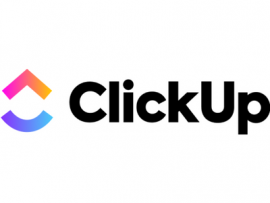
Pricing
Key features
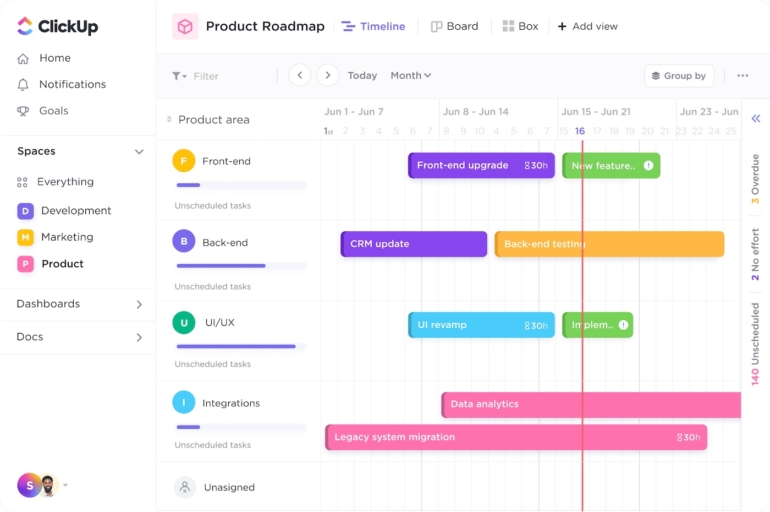
Pros
Cons
Atlassian’s Jira is a bug-tracking and project management solution designed for Agile and Scrum teams to manage project tasks and capture and record software bugs. Its issue-tracking feature helps teams manage tasks and bugs in a central location, making it easy to create and assign issues to team members and set priorities and due dates. Jira is available as a family of three solutions: Jira Core is built for non-technical users, Jira Software is best for software developers and Jira Service Desk is designed for customer support and IT professionals. Jira stands out for its scalability and extensive integrations, making it easy for growing teams to expand with the tool and connect to their existing services. For more information, read the full Jira review. Jira: Best for Agile teams and developers
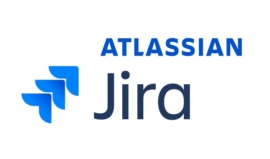
Pricing
Key features
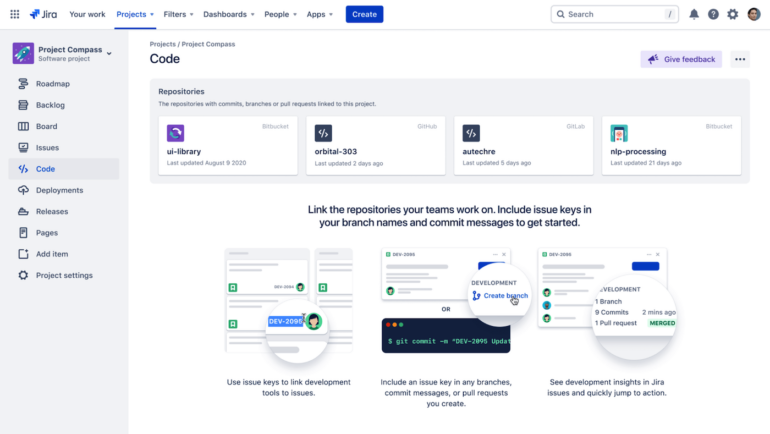
Pros
Cons
nTask is a cloud-based project management tool built for small businesses and teams, students, NGOs and freelancers. It’s a relatively new tool, founded in 2015, but has quickly moved up the ranks in the PM industry by being user-friendly and balancing quality service with affordability. It allows users to allocate resources, monitor project milestones, and track budgets and finances. nTask’s dashboard offers users four views — list, grid, calendar and kanban boards — allowing teams to customize it per their needs. It also fosters collaboration among location-independent teams, allowing them to work on documents and share and store documents. Check out how nTask compares to our list of the top task management software. nTask: Best for affordability
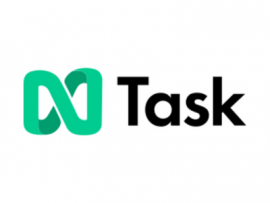
Pricing
Key features

Pros
Cons
Individuals, small teams and freelancers looking for a collaborative project management tool will find Basecamp appealing. Teachers, students, NGOs and charity organizations can also save money with this project management solution. Basecamp enables users to create projects, delegate tasks, track projects, monitor progress, start chats, add file attachments, and store and share documents. 37signals, a web design company, first built Basecamp as an in-house tool; it’s currently in its third version. With Basecamp, individuals or freelancers can invite their clients as guests without additional charges, allowing them to share project details and progress with the stakeholders involved. Its standard plan offers 500GB of file and document storage, while the Pro Unlimited plan offers five TB of storage. Basecamp also offers free accounts for teachers and students, while nonprofits and charity organizations get 10% discounts. For more information, read the full Basecamp review. Basecamp: Best for team communication

Pricing
Key features

Pros
Cons
Trello is a kanban project management solution designed for small teams and individuals. Those working on simple projects can use it to track tasks from conception to invoicing, making it a top choice for freelancers. Trello’s area of strength lies in its kanban board setup and Trello Power-Ups. The board helps visual learners manage their projects easily, while the Power-Ups give the tool extra functionalities. For more information, read the full Trello review. Trello: Best kanban board views

Pricing
Key features

Pros
Cons
Asana is a cloud-based project management tool and is considered one of the best. It makes it particularly easy to manage freelancers: Asana sends daily task reminder emails with due dates to assignees as an extra push to ensure tasks are completed on time. With its Agile project management capabilities, teams can monitor project progress, track individual tasks and plan sprints. Asana’s to-do lists help users prioritize their work and stay on track. Aside from its general project management features, Asana also offers niche-specific use cases for event planners, human resources, engineering, IT departments and design teams. For more information, read the full Asana review. Asana: Best for freelance business
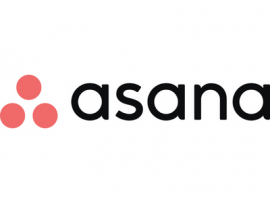
Pricing
Key features
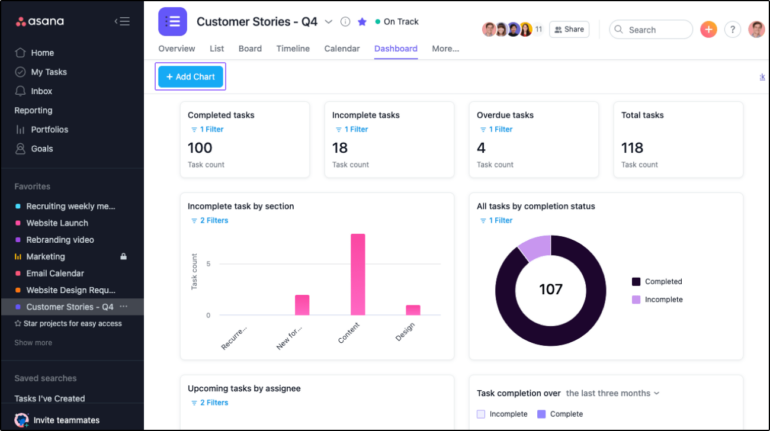
Pros
Cons
Wrike is a user-friendly collaborative work management and project management tool. It’s suitable for small to midsize businesses or enterprises. Its time tracking feature automatically logs how many hours and minutes an individual spends on each task. This is beneficial for freelancers paid by the hour. Wrike also allows users to create unlimited tasks, subtasks and nesting, making it easy to manage projects and tasks created across the company as a portfolio. For more information, read the full Wrike review. Wrike: Best for time tracking
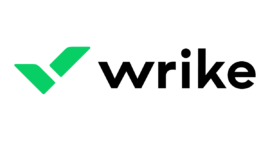
Pricing
Key features
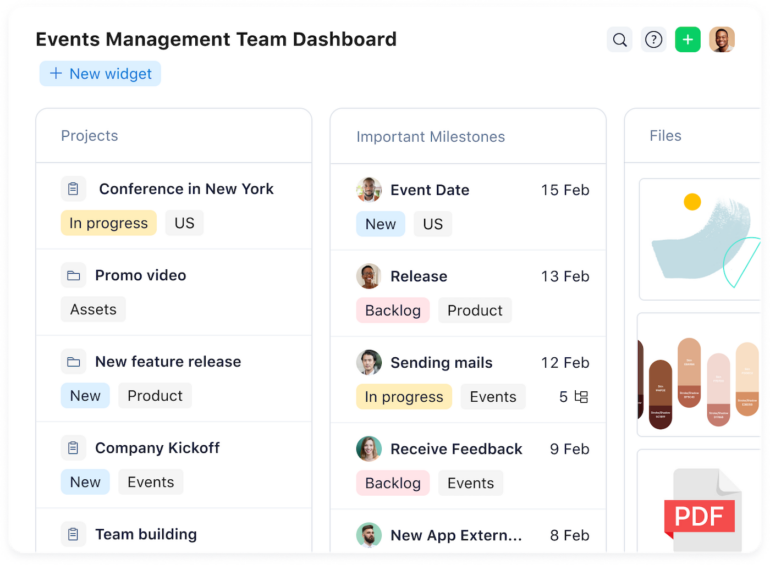
Pros
Cons
Many people consider Notion as just a note-taker app, but it’s more than that; Notion also works as a task and project management tool for freelancers and individuals. It allows users to visualize project progress via kanban boards, task lists and calendars. The tool is most suitable for creative teams that write often. Notion can be used during stand-ups to take meeting notes and track agendas. Users can also use it to manage their knowledge base via its wiki capability. Notion offers a free plan plus three paid plans. Users can add Notion AI to the free plan or any paid plans at $8 per member per month, billed annually, or $10 per member billed monthly. For more information, read the full Notion review. Notion: Best for creative teams
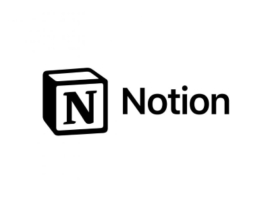
Pricing
Key features
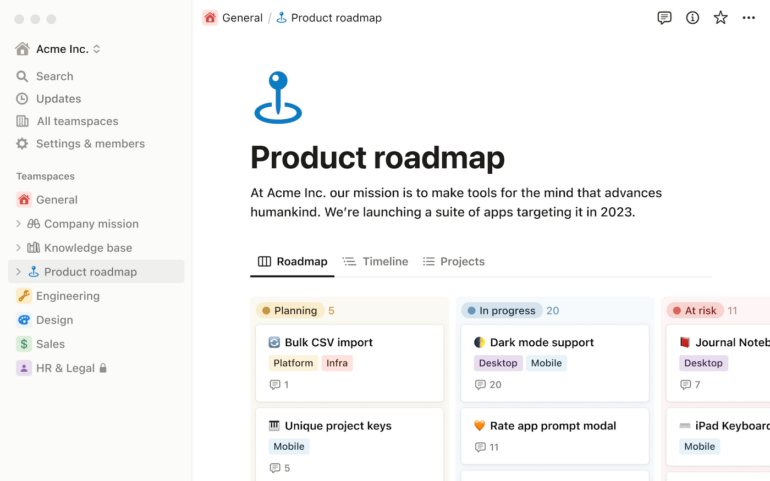
Pros
Cons
What are key features of freelance project management software?
When shopping for the best project management tool for freelance use cases, there are several key capabilities to look out for. If the software you are considering lacks any of these features, confirm if it integrates with a third-party service that offers the feature as an add-on.
Time tracking
When working on a project, you need to monitor how projects and project tasks are being handled. Understanding how long it takes your team members to complete tasks will help you set a possible project completion date.
Project management software with a time tracking feature helps organizations working with freelancers — especially those that charge per hour — monitor progress and see how many hours or minutes their freelancers spend on tasks. This helps create a transparent workflow process for both the freelancer and the company.
Kanban boards
Project management tools with kanban boards can help boost team members’ productivity. Kanban is designed to improve an organization’s processes over time and tackle the negative effects of multitasking.
Generally, kanban has three processes: To-do, in progress and completed. This helps to ensure team members are always working on the most important tasks. For the production team, it ensures only the most valuable feature or component is built; this helps to reduce overproduction.
With the kanban board, users can visualize their work, limit work-in-progress bottlenecks and continuously improve.
Affordability
Budget-conscious individuals and freelancers need an affordable way to manage their projects. If budget is a concern for you or your team, look for a tool that offers a free plan or competitive pricing. All of the tools listed in this guide, except Basecamp, offer a free plan, and the free plan, in most cases, is sufficient for individuals or freelancers.
As a note, keep in mind most free plans only offer basic features. If these products’ free plans lack the features you need, we’ve also reviewed the best free project management software.
Gantt charts
When working on projects with lots of dependencies, teams need a project management tool that can monitor progress over time and track milestones. As a means of fulfilling this need, Gantt charts use bar charts to provide a graphical representation of project activities, tasks and/or events. They help teams plan around deadlines and properly allocate resources.
How do I choose the best freelance project management software?
The best project management solution depends on factors unique to your organization, team and project. There’s no one-size-fits-all, so we’ve compared eight tools for different user types. To determine the best tool for you, use this guide as a baseline and further research the software that interests you most.
You can continue your research by checking out the full product reviews we’ve written for each solution to learn more about individual features and capabilities. Alternatively, you can sign up for a product’s free trial to test it. If you find the right tool and are convinced it is the best option for you, go ahead and subscribe and onboard your team.
Review methodology
We evaluated dozens of project management tools and selected the top eight based on five key data points: affordability, customer satisfaction, time tracking, ease of use and scalability. We signed up for each tool’s free plan or free trial to gain firsthand experience with its features and overall usability. We also collected user experience data from review sites to determine each tool’s customer satisfaction rating.
If you’re still not sure if these tools are right for you, see how they compare to our list of the best mind mapping software for project management.








